Complete an Ironman: Update 2 – Big Goals & New Bikes
This is one of 14 updates about my 2014 challenge to complete an Ironman – you can see a list of the others here.
Big Goals
Goals are a good thing. They help us to focus and give us direction. But goals that are easy to achieve defeat much of the benefit of having goals in the first place. I much prefer big goals. Big hairy audacious goals (BHAGs).
I’m often inspired by the founders of my current employer, Steve & Clara, and one such way is the size of the goal they set out to achieve when they founded Hearsay Social. They wanted to change the way people do business. Over the past four years the company has taken huge steps in that direction – steps that we might not have taken if we did not have BHAGs.
Looking at my 2014 challenge, I wanted to complete an Ironman. While that is certainly a big thing for many people, two months into my training, I am fairly confident I could go do it today. That doesn’t seem hairy or audacious.
So I am upping the ante. Rather than making this year’s challenge binary – succeed or fail – I am going to set up a scale to measure my results on.
My BHAG
How is this for a BHAG – in order for me to give myself 100% on the challenge, I must qualify for the world championships in Kona. Basically that means I have to get first or second in my age/gender division, Males 25-29, depending on how many slots are awarded this year. In order to do that I’ll need to complete the course in a time of ~10 hours according to last year’s results.
The rest of my scale breaks down like this.
- 100% – Qualify for Kona
- 95% – Sub 11 Hours OR top 5 in age/gender group
- 88% – Sub 12 Hours OR top 20 in age/gender group
- 75% – Sub 14 Hours OR top 50% of age/gender group
- 50% – Finish (max allowed time is 17 hours)
My New Bike
I bought a new bike to train and race on. I have a bike, and while it was designed for rides like this, the technology is a big dated. My 1972 Schwinn Sport Tourer weighs in at about 40lbs, has non-indexed shifting and is not compatible with clipless pedals. While it is great for riding around town, I don’t think it would hold up under serious training and I would be at a huge disadvantage while racing.
My new bike is what I would call the minimum viable bike (MVB) for the level I’m looking to compete at. If I am able to perform anywhere near my goal pace, I will certainly stand out among my peers who will likely all have carbon fiber tri-bikes with aerodynamic designs. Mine is an aluminum frame, standard framed bike that I plan on making a few adjustments to in order to get into racing condition.
Why not get a tri-bike? First, a top of the line tri-bike costs something like $5K, which seems a bit much for something I’m planning on doing once. Second, the bike I chose is versatile, after I finish the Ironman it will be good for group bike rides, commuting, etc. where as a carbon fiber tri-bike is good for only one thing.
First Rides
I have a long way to go.
My first ride was a 2 mile test in the city. I wanted to try out the new bike, especially the clipless pedals which attach your feet to the bike. Over the 40 blocks I traveled, I fell four times, scratching up my legs, and shifted the chain off of the cassette into the spokes… twice. Basically I’m a kook.
My next few rides went a bit better. I went for 43, 32 and 33 miles respectively and have a bit more of a hang of things. The learning curve is steep – but I’ve covered a good bit of it. Thankfully no more falls, and I adjusted the derailleur so the chain stays on the cassette.
Upon my first few rides, here are a few of the similarities and differences I’ve noticed between biking and my primary sport, running.
Similarities
- Sustained energy release
- Synthetic clothing
- Snot rockets
- Gets you outside
- Lets you explore new parts of your town/city
- Mapping runs/rides on the computer
- The need to stretch
- Need to sleep & hydrate before training
- Good form consists of constant cadence & minimal extraneous movement
- Heart rate measurement
- >50% of people that own equipment don’t use it – >80% of those that use it are casual, not competitive
Differences
- Constant energy release – while biking you can stop pedaling and still move, especially when going down hill
- Length of training – a one hour run exhausts me more than a 2 hour ride
- Equipment needed – for running I just need shoes, socks & shorts – for biking I’ve got a whole setup & carry a bag
- Need to be a mechanic – for running, you have nothing to repair – for biking, you need to learn to change a flat, adjust parts, tune your derailleurs, etc.
- Fueling while training – for running I just go out and run, then come back & eat/drink – for biking I eat/drink while going
- Distance covered – I usually stick to a neighborhood for running – for biking I might end up multiple towns away
- Speed adjusting – to run faster I increase my stride – to bike faster my stride stays the same but I use a different gear
- Aerodynamics – for running I don’t worry about it, even at a 5 minute mile wind resistance isn’t worth adjusting for – for biking, aerodynamics is a key differentiation element for equipment & technique
Training Update
To end on a positive note. I’m doing well, up to two mile pool swims, 30-40 mile bike rides and 5-7 mile runs.
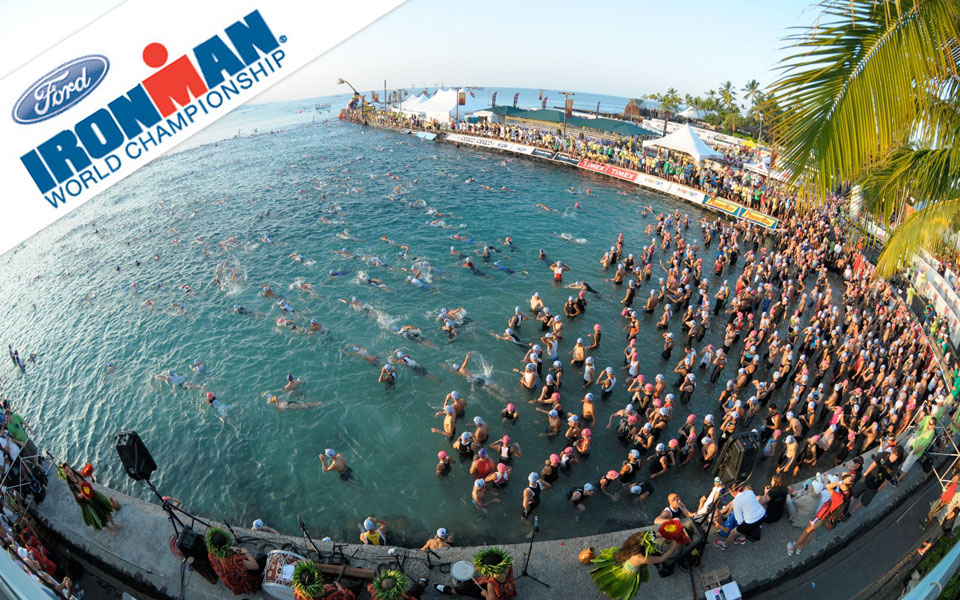
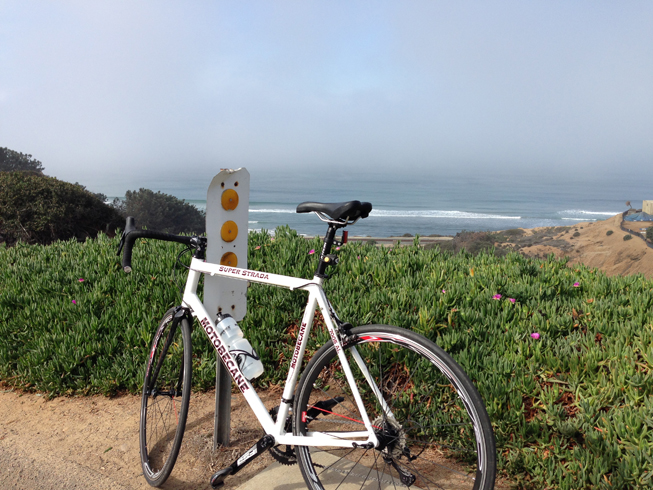
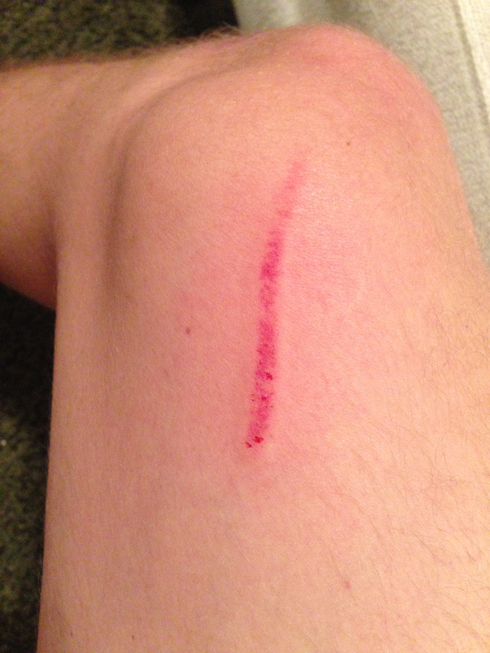
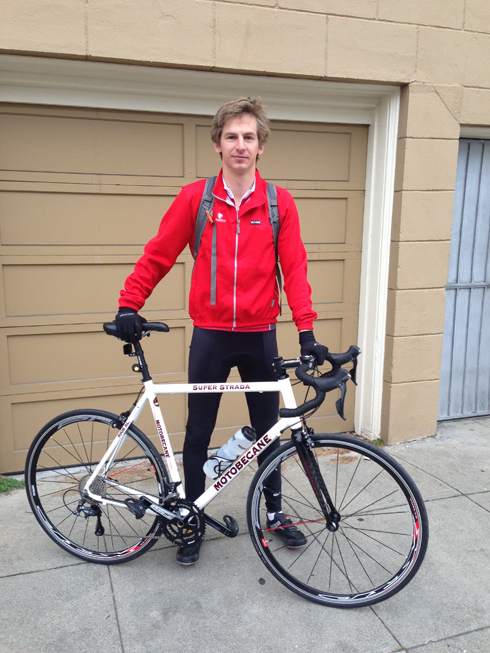
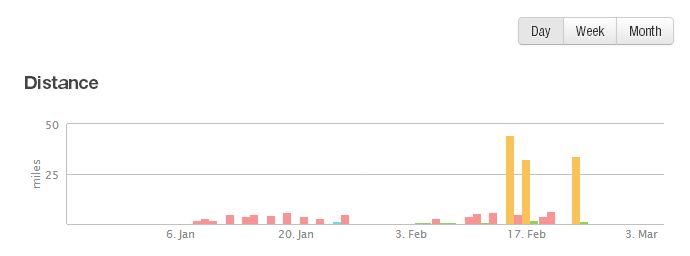
One thought on “Complete an Ironman: Update 2 – Big Goals & New Bikes”